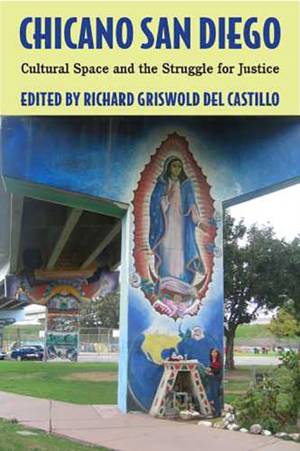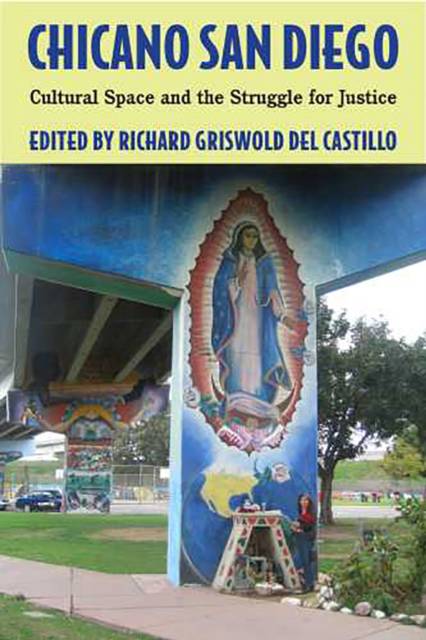
- Retrait gratuit dans votre magasin Club
- 7.000.000 titres dans notre catalogue
- Payer en toute sécurité
- Toujours un magasin près de chez vous
- Retrait gratuit dans votre magasin Club
- 7.000.000 titres dans notre catalogue
- Payer en toute sécurité
- Toujours un magasin près de chez vous
Chicano San Diego
Cultural Space and the Struggle for Justice
Richard Griswold del Castillo
Livre broché | Anglais
54,45 €
+ 108 points
Description
The Mexican and Chicana/o residents of San Diego have a long, complicated, and rich history that has been largely ignored. This collection of essays shows how the Spanish-speaking people of this border city have created their own cultural spaces. Sensitive to issues of gender--and paying special attention to political, economic, and cultural figures and events--the contributors explore what is unique about San Diego's Mexican American history. In chronologically ordered chapters, scholars discuss how Mexican and Chicana/o people have resisted and accommodated the increasingly Anglo-oriented culture of the region. The book's early chapters recount the historical origins of San Diego and its development through the mid-nineteenth century, describe the "American colonization" that followed, and include examples of Latino resistance that span the twentieth century--from early workers' strikes to the United Farm Workers movement of the 1960s. Later chapters trace the Chicana/o Movement in the community and in the arts; the struggle against the gentrification of the barrio; and the growth of community organizing (especially around immigrants' rights) from the perspective of a community organizer. To tell this sweeping story, the contributors use a variety of approaches. Testimonios retell individual lives, ethnographies relate the stories of communities, and historical narratives uncover what has previously been ignored or discounted. The result is a unique portrait of a marginalized population that has played an important but neglected role in the development of a major American border city.
Spécifications
Parties prenantes
- Auteur(s) :
- Editeur:
Contenu
- Nombre de pages :
- 312
- Langue:
- Anglais
Caractéristiques
- EAN:
- 9780816525683
- Date de parution :
- 07-02-08
- Format:
- Livre broché
- Format numérique:
- Trade paperback (VS)
- Dimensions :
- 152 mm x 229 mm
- Poids :
- 476 g







